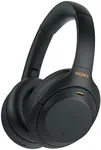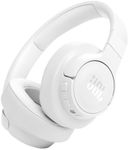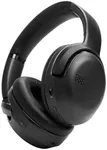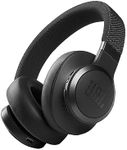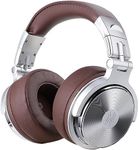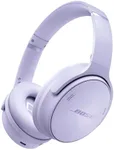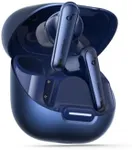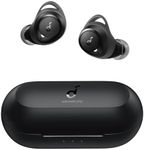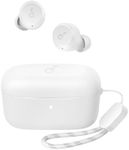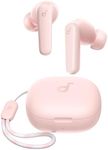Buying Guide for the Best Loudest Headphones
When looking for the loudest headphones, it's important to understand that 'loudness' isn't just about maximum volume. It's also about how well the headphones can deliver clear, undistorted sound at high volumes, and how effectively they block out external noise. Picking the right headphones means considering your listening environment, your comfort with high volumes, and your need for sound quality versus sheer loudness. Always remember that listening at very high volumes for extended periods can damage your hearing, so prioritize safety as well as performance.Sensitivity (dB/mW)Sensitivity tells you how loud the headphones will get for a given amount of power. It's measured in decibels per milliwatt (dB/mW). Higher sensitivity means the headphones can produce more volume with less power. Sensitivity values typically range from about 85 dB/mW to over 110 dB/mW. Headphones with sensitivity above 100 dB/mW are considered very loud. If you want headphones that can get very loud even with low-powered devices like phones, look for higher sensitivity. However, if you use a powerful amplifier, sensitivity is less critical.
Impedance (Ohms)Impedance is a measure of electrical resistance and affects how much power the headphones need to reach high volumes. Lower impedance (under 32 Ohms) headphones are easier to drive and get loud with portable devices, while higher impedance (over 50 Ohms) headphones may need a dedicated amplifier to reach their full volume potential. If you plan to use your headphones with a phone or laptop, choose lower impedance. If you have an amplifier, higher impedance can offer better sound quality at high volumes.
Driver Size and TypeThe driver is the part of the headphone that creates sound. Larger drivers (measured in millimeters) can often move more air and produce louder sound, especially in the bass range. Common driver sizes range from 20mm to 50mm or more. Dynamic drivers are most common and can get quite loud, while planar magnetic and electrostatic drivers can also deliver high volumes with different sound characteristics. If you want maximum loudness, look for headphones with larger dynamic drivers.
Noise Isolation and CancellationNoise isolation (passive) and noise cancellation (active) help block out external sounds, making the headphones seem louder without actually increasing the volume. Over-ear and in-ear designs usually offer better isolation than on-ear types. Active noise cancellation uses electronics to reduce background noise. If you want headphones to sound louder in noisy environments, prioritize good isolation or active noise cancellation.
Distortion at High VolumesDistortion happens when headphones can't handle high volumes cleanly, leading to crackling or fuzzy sound. Some headphones are designed to play loudly without much distortion, while others may sound harsh or unclear at high volumes. Look for headphones that are known for low distortion at high output if you plan to listen at loud levels. Reading reviews or checking manufacturer specs for 'Total Harmonic Distortion' (THD) can help, but your own listening experience is the best guide.
Comfort and FitComfort is crucial when listening at high volumes, as uncomfortable headphones can make you want to take breaks more often. Over-ear headphones usually provide better comfort and isolation, while in-ear headphones can also be effective if they fit well. Make sure the headphones you choose feel good for long listening sessions, as discomfort can distract from your experience, especially at higher volumes.
